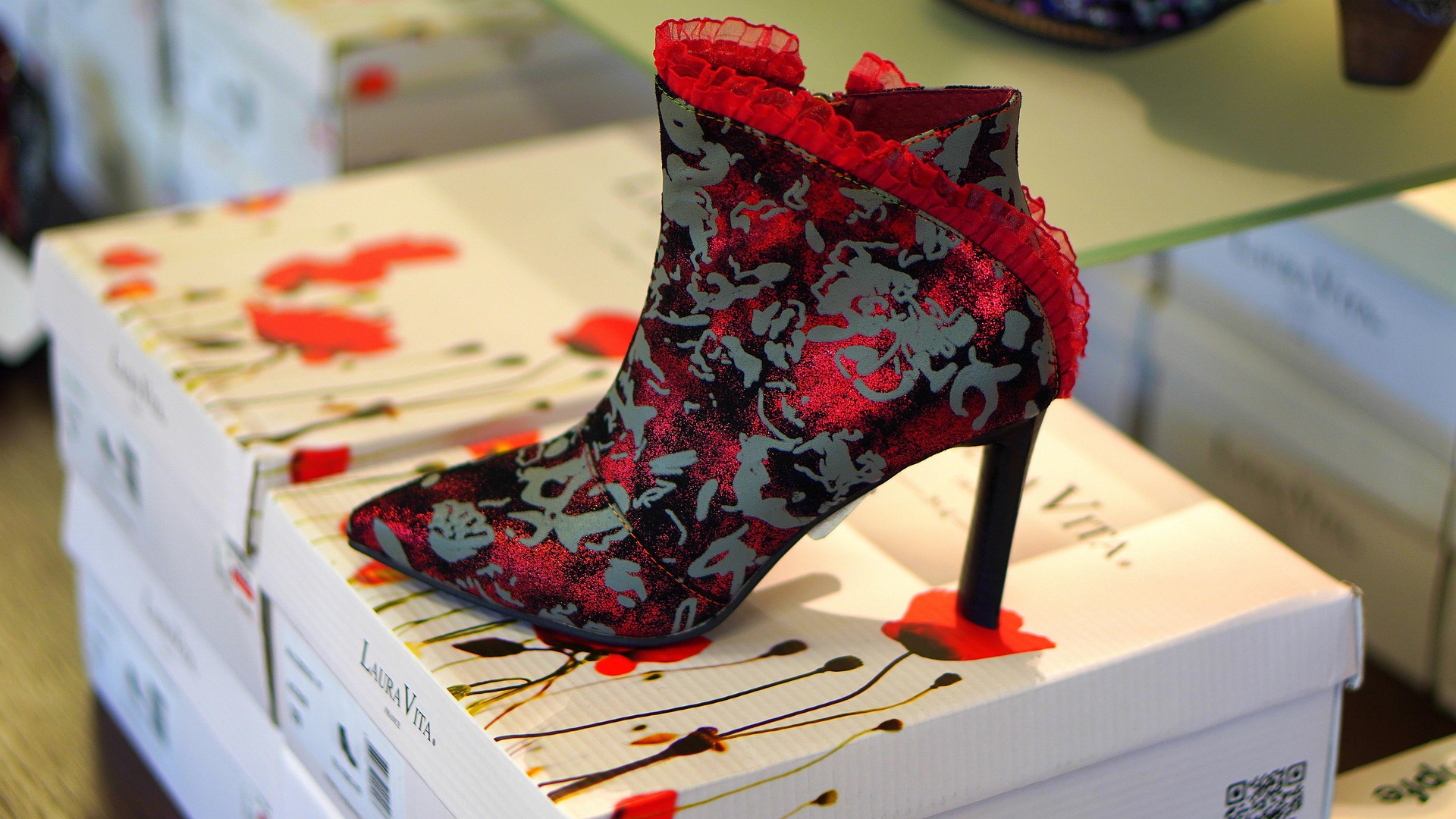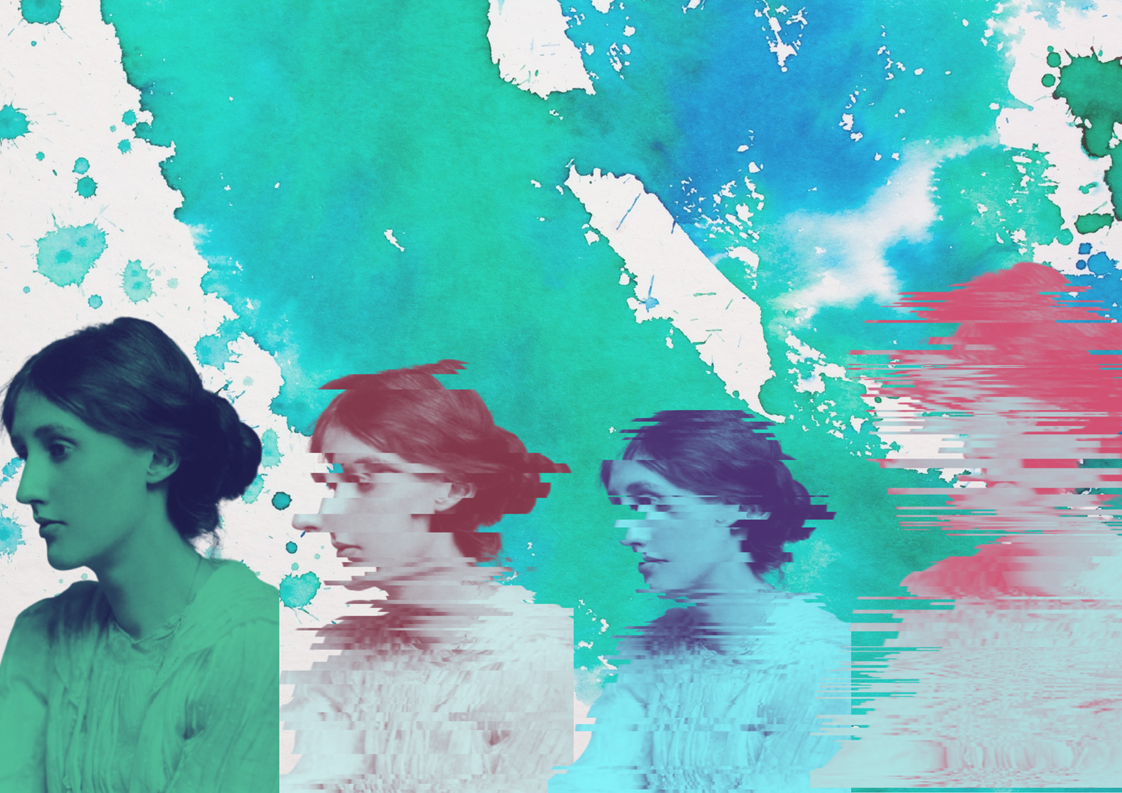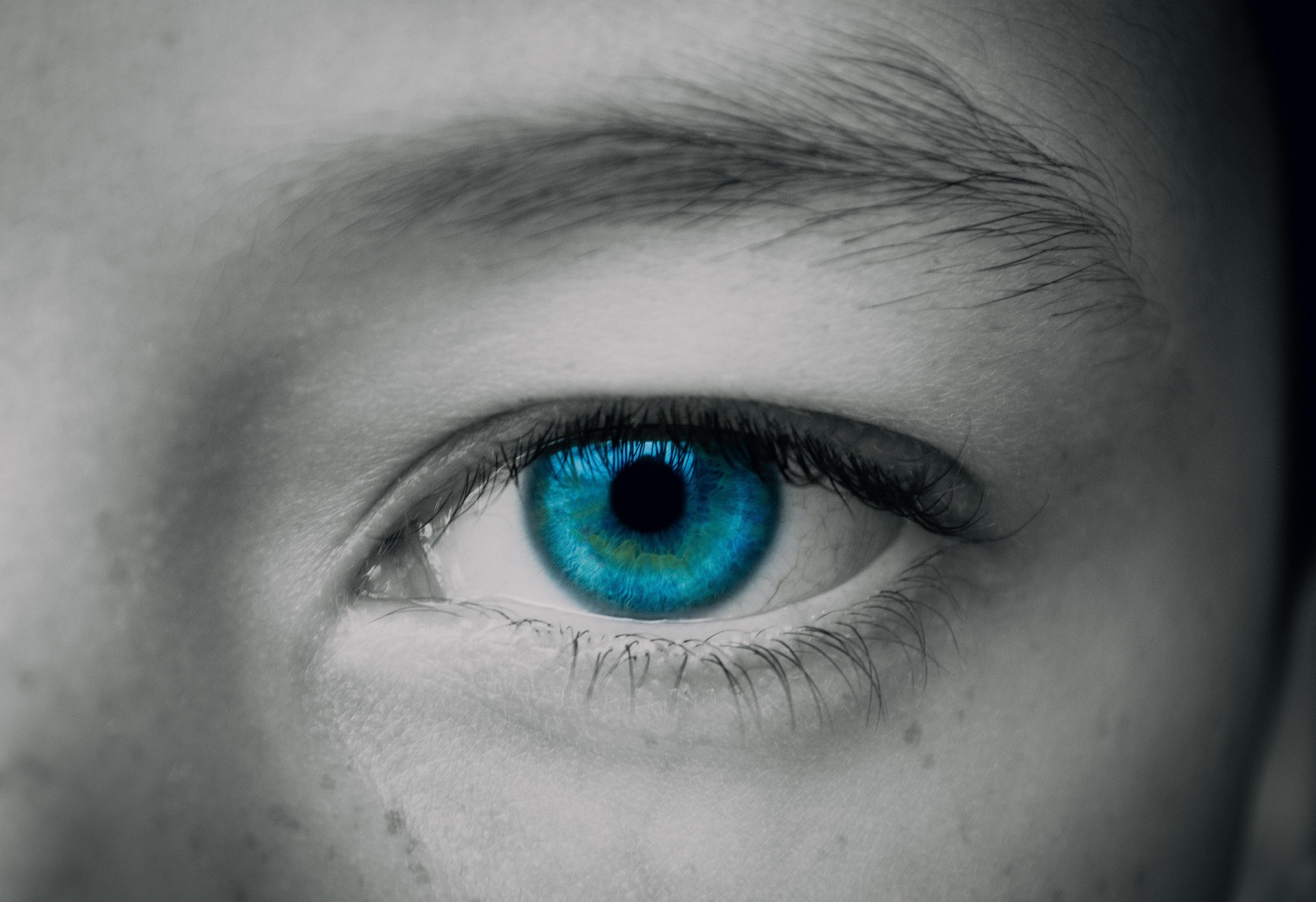Examining the Dichotomy of Female Characters in Western Folklore and Its Psychoanalytic Implications
In the haunted corridors of folklore and fairy tales, one rarely finds a female character untethered from the narrative binary that has long governed the symbolic universe of the Western canon. She exists as either the saintly maiden or the scheming crone, the luminous damsel or the malevolent stepmother. These representations are not simply narrative tropes but deep-seated archetypes that reveal the cultural unconscious. At their core lies a dialectic as old as time itself, what Sigmund Freud might call the return of the repressed, and what Simone de Beauvoir would term the making of the Woman as Other.
The Damsel in Distress: Virtue Without Agency
The damsel in distress, be she Snow White, Sleeping Beauty, or Rapunzel is invariably young, beautiful, passive, and imperilled. She is often physically confined (in towers, in glass coffins, in enchanted sleep) and rescued by a male figure whose heroism is proven through her salvation. She embodies virtue incarnate but remains conspicuously void of agency. Her peril is rarely of her own making, but neither is her rescue. She functions simultaneously as the prize and the proof.
As Freud observed in “Some Psychical Consequences of the Anatomical Distinction Between the Sexes,” women are often situated as passive objects of male action, and the fairy tale damsel serves as a perfect crystallization of this psychoanalytic principle: she is adored and possessed, but never self-determining. This narrative construction reinforces what feminist literary theorists have identified as the male gaze a perspective that positions female characters as objects to be viewed rather than subjects who view.
The Wicked Other: Female Desire as Monstrosity
In stark opposition to the passive maiden stands her narrative counterpart: the stepmother, witch, or older woman who carries the burden of active desire, which in this symbolic economy is invariably punished. She is driven not by submission but by ambition, not by innocence but by knowledge. She may envy youth, covet power, or seek vengeance. In short, she desires, and for this transgression, she must be destroyed.
This figure, the monstrous feminine, is what Freud’s disciple Ernest Jones identified as the “Terrible Mother” archetype: a projection of the child’s fear of maternal authority, now unbound and destructive. She represents Lilith to the damsel’s Eve, Medusa to the Virgin Mary a dichotomy deeply embedded in Western cultural mythology and religious iconography.
The Beauvoirian Perspective: Becoming Woman in Fairy Tales
Simone de Beauvoir, in her groundbreaking work The Second Sex, offers a clarifying feminist lens through which to view this binary: “One is not born, but rather becomes, a woman.” The fairy tale makes this process brutally transparent. The damsel becomes a woman only through suffering, usually sexualized, often near-fatal. The wicked stepmother, by contrast, is already a woman in full possession of herself. And therein lies the perceived threat.
She cannot be assimilated into the patriarchal narrative because she has no use for the male rescuer, no need for submission. She threatens the patriarchal order not by seducing it, but by operating outside it an unforgivable transgression in the moral universe of traditional folklore.
The Madonna-Whore Complex in Children’s Literature
This moral algebra, innocence equals beauty equals salvation; ambition equals age equals damnation has saturated not just fairy tales but generations of women’s consciousness. The Madonna-whore complex, as Freud termed it, is not confined to adult sexuality; it is already at work in the psychosexual templates of children’s literature. The child learns early that there are only two paths: the virtuous victim or the desiring villain. There is little room for ambivalence, for complexity, for the woman who is both strong and kind, both beautiful and aging, both nurturing and self-possessed.
The Stepmother Archetype: Unnatural Woman
Consider the ubiquitous archetype of the stepmother, not simply a substitute parent, but a symbol of deviation from natural order. Unlike the biological mother, who in fairy tale logic is too pure to survive the opening act, the stepmother is coded as unnatural. Her motherhood is not sacred but transactional; her relationship to the child is not unconditional but competitive. She disrupts the ideal maternal image, and as such, must be removed.
Yet in doing so, she reveals the latent tensions inherent in female social roles: the biological imperative of motherhood, the social pressure to nurture, and the inevitable judgment faced by any woman who steps outside the maternal ideal. Contemporary family psychology recognizes these tensions, yet the fairy tale continues to simplify and demonize the non-biological maternal figure.
Fairy Tales as Gender Socialization
These tales, ostensibly created for children, function as early instruction manuals in gendered virtue. They teach young girls the cost of power and the prize of passivity. They inscribe in boys the fantasy of the heroic savior and the fear of the castrating mother. But perhaps most insidiously, they conceal these lessons beneath the glitter of magic and romance, encoding ideology in the language of dreams what literary critic Roland Barthes would identify as the naturalization of cultural myth.
Contemporary Revisions: Reading Against the Grain
To reclaim these narratives, feminist literary theorists suggest reading against the grain identifying and subverting the hidden ideological operations of these seemingly innocent tales. Contemporary revisions, from Angela Carter’s subversive retellings in The Bloody Chamber to Disney’s hesitant attempts to reframe their own canon, suggest a slow, if uneasy, departure from the dichotomies of old. The witch is now sometimes positioned as wise. The princess may occasionally save herself. And the stepmother, at long last, is sometimes given a motive more nuanced than envy or vanity.
The Enduring Cultural Impact
Despite these revisions, the cultural shadow remains. The damsel persists, as does her wicked double. They haunt our stories, our screens, our psyches appearing in contemporary media from films to advertising, from fashion to politics. Their battle is not just for the prince, but for the right to define what it means to be a woman in the tale, and by extension, in the world.
Understanding these archetypes through psychoanalytic and feminist frameworks allows us to recognize their continuing influence on gender socialization and to develop more nuanced, empowering narratives for future generations. The dichotomy may be ancient, but its perpetuation is a choice one that critical analysis can help us make with greater awareness and intention.
References and Further Reading
Beauvoir, Simone de. The Second Sex. Translated by Constance Borde and Sheila Malovany-Chevallier, Vintage Books, 2011.
Bettelheim, Bruno. The Uses of Enchantment: The Meaning and Importance of Fairy Tales. Vintage Books, 1976.
Carter, Angela. The Bloody Chamber and Other Stories. Penguin Books, 1979.
Freud, Sigmund. “Some Psychical Consequences of the Anatomical Distinction Between the Sexes.” The Standard Edition of the Complete Psychological Works of Sigmund Freud, vol. 19, Hogarth Press, 1925, pp. 241-258.
Gilbert, Sandra M., and Susan Gubar. The Madwoman in the Attic: The Woman Writer and the Nineteenth-Century Literary Imagination. Yale University Press, 1979.
Jones, Ernest. “The Madonna’s Conception Through the Ear.” Essays in Applied Psychoanalysis, vol. 2, Hogarth Press, 1951.
Tatar, Maria. The Hard Facts of the Grimms’ Fairy Tales. Princeton University Press, 2003.
Warner, Marina. From the Beast to the Blonde: On Fairy Tales and Their Tellers. Farrar, Straus and Giroux, 1995.



